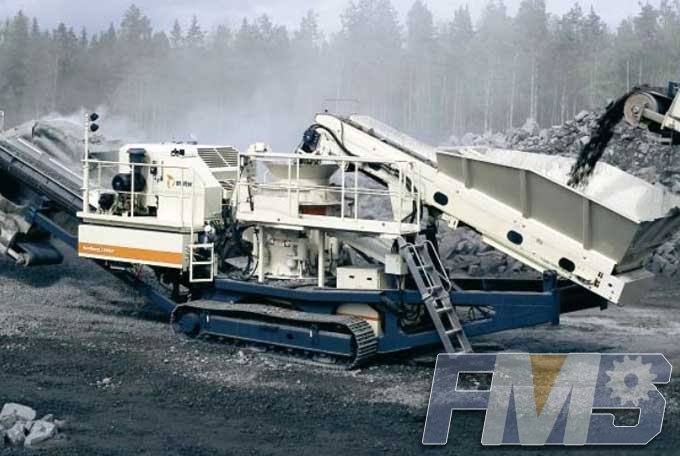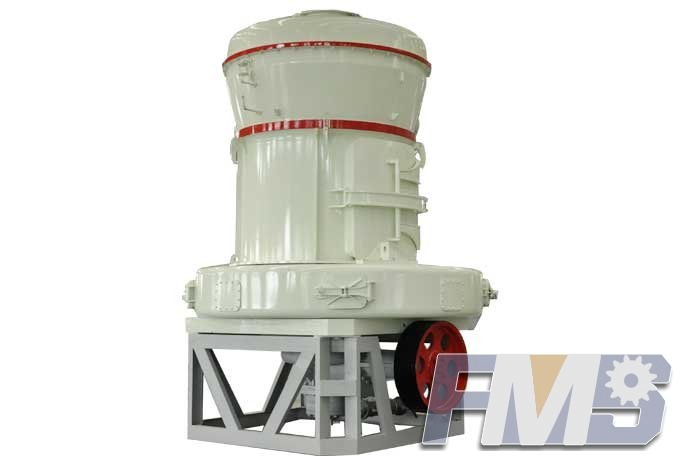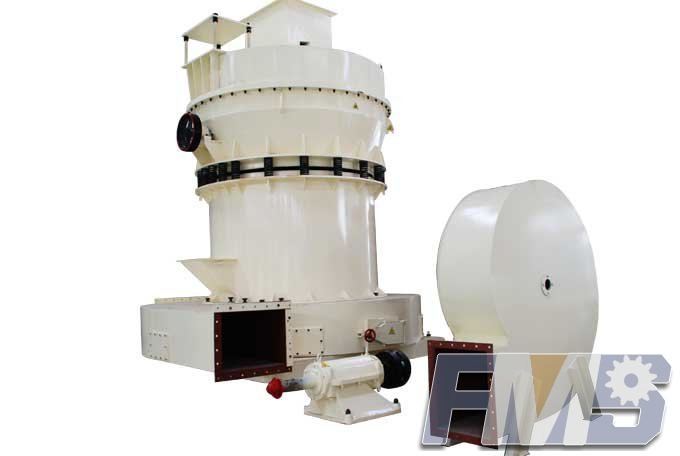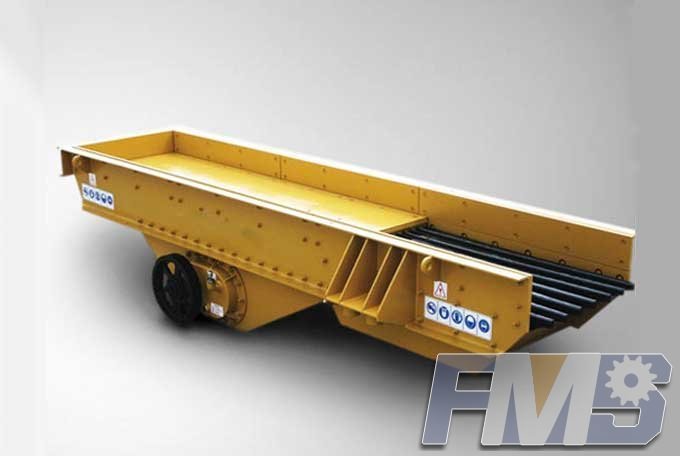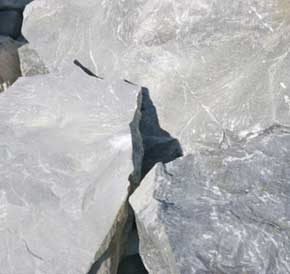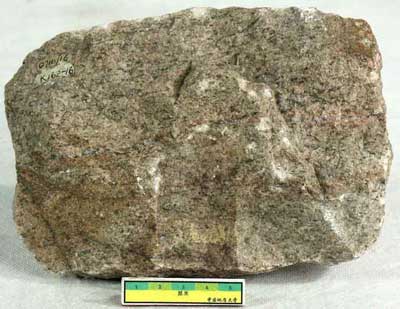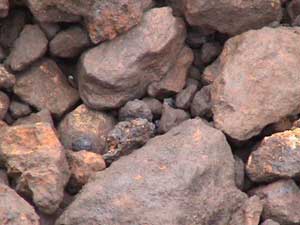High Pressure Grinding Rolls Design
The HPGR machine comprises a pair of counterrotating rolls mounted in a sturdy frame. One roll is fixed in the frame, while the other is allowed to float on rails and is positioned using pneumohydraulic springs. The feed is introduced to the gap between the rolls and is crushed by the mechanism of interparticle breakage.
The pressure exerted by the hydraulic system on the floating roll largely determines comminution performance. Typically, operating pressures are in the range of 5–10 MPa, but can be as high as 18 MPa. For the largest machines, this translates to forces of up to 25,000 kN.
The rolls are protected with wear-resistant surfaces, and the ore is contained at the roll edges by cheek plates.
Technology Motivators
Generally, the primary motivation for the use of the HPGR as a comminution alternative is its energy efficiency when compared to conventional crushers and mills. This improved efficiency is due to the determinate and relatively uniform loading of the material in the HPGR compression zone, whereas the loading in conventional crushers and (particu- larly) tumbling mills is random and highly variable, and therefore inefficient.
The most energy-efficient method of breakage is the slow application of pressure to individual particles to cause structural failure, such that the energy lost as heat and noise is minimised. However, until a device is invented that can perform this task on a commercial scale, the HPGR remains the most energy-efficient comminution technology available.
A major operating cost in conventional semiautogenous-based comminution circuits treating hard and abrasive ores is that of grinding media. One effect of the use of HPGR- based circuits is that semiautogenous mill grinding media is eliminated, and while ball- mill media costs typically are slightly greater (due to the increased transfer size from HPGRs), the overall media savings are typically of the same order of magnitude as the energy savings.
In addition to its energy and media benefits, the HPGR may be regarded as a metallur- gical tool offering improved gravity, flotation and leach recoveries, and enhanced thickening, filtration, and residue deposition performance.
These effects can be attributed to the phenomenon of microcracking of individual progeny particles due to the very high stresses present in the HPGR compression zone. Microcracking occurs predominantly at grain boundaries and so increases liberation and lixiviant penetration, while the effective reduction in milling work index caused by microcracking reduces overgrinding and slimes generation.
In addition to being ore dependent, the extent of microcracking is a direct function of the operating pressure—and therefore energy input—of the HPGR, and in any given operation, the benefits of microcracking must be weighed against the incremental power required to achieve those benefits.
The HPGR’s mechanism of interparticle breakage is particularly beneficial in the pro- cessing of diamond-bearing kimberlites, which undergo a form of differential comminution whereby the host rock is shattered while the diamonds are liberated undamaged—provided, of course, that the diamonds are smaller than the operating gap of the HPGR. This effect is also of benefit in the treatment of gold ores containing coarse gravity-recoverable gold grains, which would be flattened in conventional tumbling mills and rendered more difficult to recover.
Get Detail Information:
(If you do not want to contact to our online customer service, please fill out the following form, Our client manager will contact you later. We will strictly protect your privacy.)


